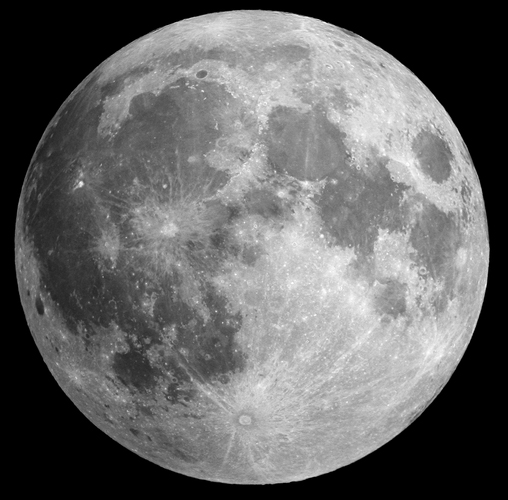
One of the original designers of a pioneering Apollo Moon experiment is leading an effort to create an upgraded version for future lunar landing missions. A team under Doug Currie, Professor Emeritus at the University of Maryland (UMD), is developing a more accurate version of the Lunar Laser Ranging experiment left behind by Apollo 11, 14, and 15 between 1969 and 1971, which allows scientists to measure the distance from the Earth to the Moon extreme accuracy.
When the Apollo 11 astronauts lifted off from the Moon on July 21, 1969, they left behind a small package of basic experiments that helped scientists back on Earth gather data that they’d never had access to before. Despite a span of half a century since, one of those experiments continues to operate as well as it did the day it was deployed.
The device in question is the Lunar Laser Ranging experiment, which is basically an angled tray containing a hundred 1.5 in (3.8 cm) corner-cube quartz prisms.
A corner-cube prism, also known as a retroreflector, is cut in such a way that a light beam shown into it will be reflected in a series of right angles and then back out straight along the path it came in on.
What this means is that when a laser beam is fired from the Earth at the spot on the Moon where the retroreflector array is sitting, the beam will be reflected straight back and arrive where it started 2.5 seconds later. This means that under ideal conditions, the time traveled will allow the distance from the Earth to the Moon to be measured.
According to the UMD team, the new version, called the Next Generation Lunar Retroreflectors (NGLR), will have 100 times the accuracy of the previous versions and by placing three more such reflectors on the Moon, the network will show an even greater jump in accuracy.
It’s one of 12 science and technology payloads green lighted by NASA as part of its Commercial Lunar Payload Services (CLPS) project to support its Artemis program to return US astronauts to the Moon. It hasn’t yet been chosen to actually go to the Moon, but Currie says that NGLR is small and light enough to be included on a planned payload.
“Our Next Generation Lunar Retroreflector is a 21st Century version of the instruments currently on the Moon,” says Currie. “Each placement of a Next Generation lunar laser ranging array will greatly enhance the scientific and navigational capabilities of retroreflector network. These additions improve the mapping and navigation capabilities important for NASA’s plans to return to the Moon and by 2028 establish a sustained human presence.
“And these also will significantly boost scientists’ ability to use the network to conduct important science, such as new tests of general relativity and other theories of gravity. Such studies may help us understand the nature of mysterious dark matter, which appears to constitute almost 27 percent of the Universe.”
